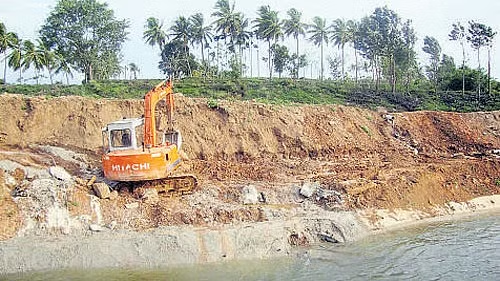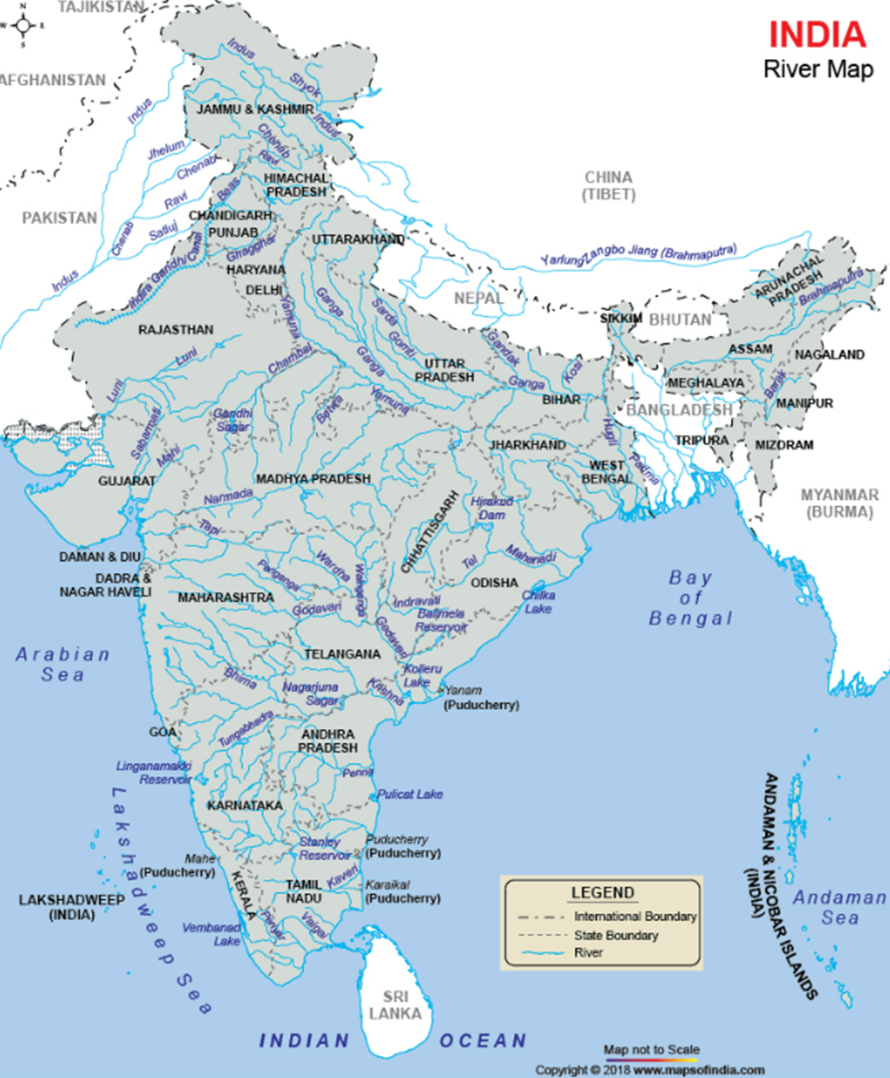Free Courses Sale ends Soon, Get It Now


Free Courses Sale ends Soon, Get It Now



Copyright infringement not intended
Picture Courtesy: https://www.deccanherald.com/india/karnataka/curb-illegal-sand-mining-in-sharavathi-river-ngt-tells-govt-3042382
Context: The National Green Tribunal (NGT) has directed the State Environment Impact Assessment Authority (SEIAA) and mines and geology department to stop unlawful sand mining in the Sharavathi River coastal zone, citing environmental clearance issues.
|
National Green Tribunal (NGT)
|
Sharavati River
Origin and Topography
Geology
Flora and Fauna

Source:
|
PRACTICE QUESTION Q. Consider the following statements in the context of the Sharavati River. 1. Originates in the Eastern Ghats. 2. Flows southward into the Bay of Bengal. 3. Forms the Jog Falls before merging with the Arabian Sea. 4. Divides into two branches, one flowing into the Indian Ocean and the other into the Arabian Sea. How many of the above statements are incorrect? A) Only one B) Only two C) Only three D) All four Answer: C |
© 2024 iasgyan. All right reserved